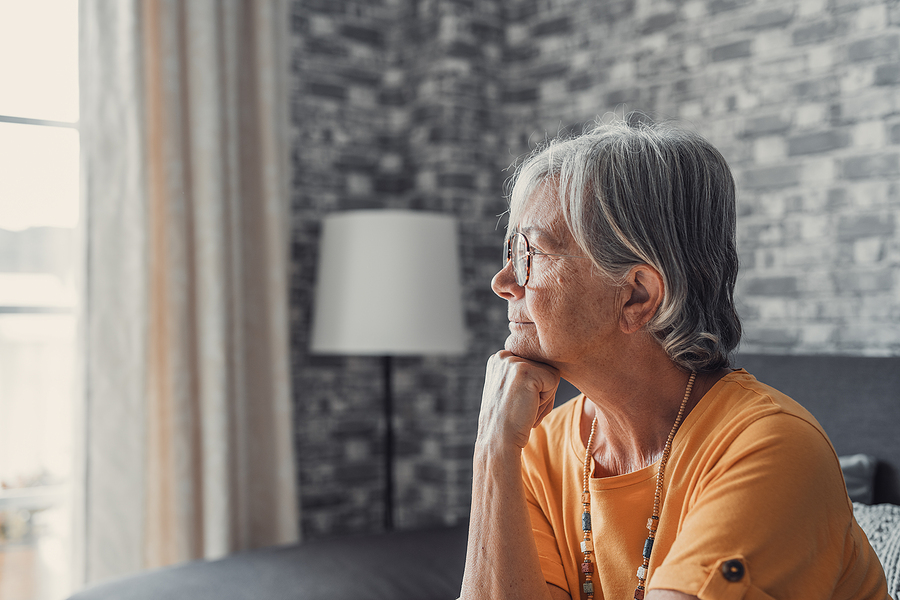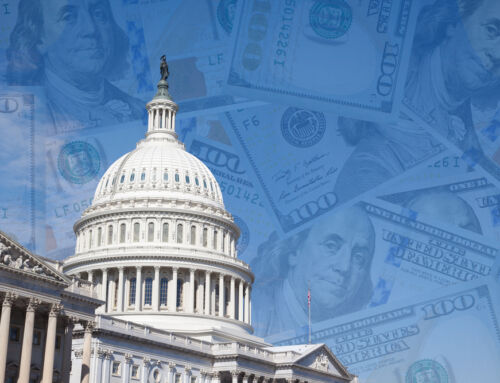Although COVID may never be completely gone, many aspects of life have returned to our pre-pandemic “normal.” A recent poll shows that this normalcy includes levels of loneliness reported by seniors. Yet these latest statistics around senior loneliness are still nothing to celebrate, according to experts.
Quantifying senior loneliness
The January 2023 National Poll on Healthy Aging (NPHA), conducted by the University of Michigan’s Institute for Healthcare Policy and Innovation, asked 2,563 adults aged 50 to 80 about their social interactions and any feelings of isolation they experience. The researchers had asked a similar sample of people the same set of questions in 2018, 2020, 2021, and 2022.
Here are some of the key findings from the 2023 poll:
- A third (34 percent) of older people told the researchers that they sometimes or often feel isolated from others. That’s down from 56 percent in June 2020 when we were in the early throes of the pandemic. However, it’s still higher than the 27 percent who reported feeling this way in 2018, pre-pandemic (a 25 percent increase).
- More than a third (37 percent) of respondents noted feeling a lack of companionship in the past year. In June 2020, that number was higher — 41 percent — and in 2018, it was a bit lower (34 percent).
- One in three (33 percent) reported that they infrequently (once a week or less) have social contact with family they don’t live with, friends, or neighbors. That number too was down from 46 percent in 2020, but it was still higher than the 28 percent reported in 2018.
>> Related: The Key Difference Between Social Isolation & Loneliness
Increasing the risk of loneliness and isolation
In addition to “risk factors” that include not working/being unemployed, living alone, being age 50–64, and being a woman, there also were important findings in the 2023 results correlating poorer mental and physical health to higher rates of loneliness and isolation.
Mental health
For older people who described their mental health as fair or poor, rates of feeling a lack of companionship were more than twice as high (73 percent) as compared to those who self-reported that their mental health was excellent, very good, or good (33 percent).
An even higher number (77 percent) of people in the fair/poor mental health group said they sometimes or often felt socially isolated, compared to just 29 percent in the good-to-excellent mental health group. Additionally, more than half — 56 percent — of older people in the fair/poor mental health group noted they had infrequent social contact versus less than a third (30 percent) of the better mental health cohort.
Physical health
Experiencing fair or poor physical health also is detrimental to older people when it comes to feelings of loneliness and social isolation, the researchers found. Among those respondents who described their physical health as fair or poor, more than half — 55 percent — said they felt a lack of companionship whereas only one in three (33 percent) of people in better health reported feelings of loneliness.
The numbers for social isolation were similar with 55 percent of those in poorer physical health saying they were sometimes or often socially isolated versus just 29 percent of those who said their health was good to excellent.
>> Related: Suicide Among Seniors: An All-Too-Common Tragedy
A lingering pandemic issue?
If you consider 2018 a baseline — prior to the pandemic — overall for that year, 27 percent of poll respondents said they felt isolated from others some of the time or often. That’s more than 1 in 4 older people. It’s probably not too surprising that that number jumped substantially in June 2020’s results — more than doubling to 56 percent of all respondents saying they felt isolated.
It is positive news that the number of older people saying they feel socially isolated has been declining since that 2020 peak of 56 percent — 46 percent in January 2021 and 44 percent in January 2022. The most recent survey in January of this year found 1 in 3 people (34 percent) said they feel isolated from others sometimes or often.
Importantly, however, these most recent findings — with more than a third of older people reporting they feel a sense of social isolation — show that we are not back to a pre-pandemic “normal” with regard to loneliness and social isolation among older people given that in 2018, only 27 percent of older people felt this way.
Is this simply a residual effect of the pandemic, or has something changed in our society, or our perceptions of it, since 2018? I don’t know the answer to this question, but one particular factor does come to mind…
>> Related: “Smart Aging” Technology Makes Seniors’ Lives Simpler, Safer, More Social
A lost sense of community
It’s worth noting that during this same time period — specifically 2020 and 2021 — senior housing (including independent living and assisted living) saw a steep decline in occupancy rates as a result of the pandemic. In fact, the senior living industry hit a record low of 77.8 percent occupancy in the second quarter of 2021, according to the National Investment Center (NIC). That’s compared to 87.2 percent occupancy prior to the pandemic.
As of the end of 2022, senior living occupancy rates have returned to pre-pandemic levels, per NIC data, and demand is even exceeding supply in some cases — particularly for assisted living communities.
While many seniors felt that senior living communities were too high-risk during the pandemic (particularly assisted living and skilled nursing care), one has to wonder if many of those former residents lost an important sense of community when they left their senior living home behind.
Did they find themselves in a new setting without a support system in place — perhaps a home that wasn’t in a walkable area or that lacked communal amenities and convenient transportation?
Did they lose access to the many social opportunities afforded to residents of senior living communities, leaving them isolated from others?
Many people have now returned to senior living communities and thus regained their social safety net, but not all have. Additionally, many prospects who held off on making a senior living decision during the pandemic now find that their health has changed to the point that they are no longer eligible for independent living or a continuing care retirement community (CCRC). One must wonder if there is any correlation between this fact and the increase we’re seeing in the number of older people who felt lonely and isolated before the pandemic versus now.
As we see occupancy rates at senior living communities continue to rebound, let us hope that the next National Poll on Healthy Aging finds that fewer and fewer seniors are experiencing feelings of loneliness and isolation.

FREE Detailed Profile Reports on CCRCs/Life Plan Communities
Search Communities






